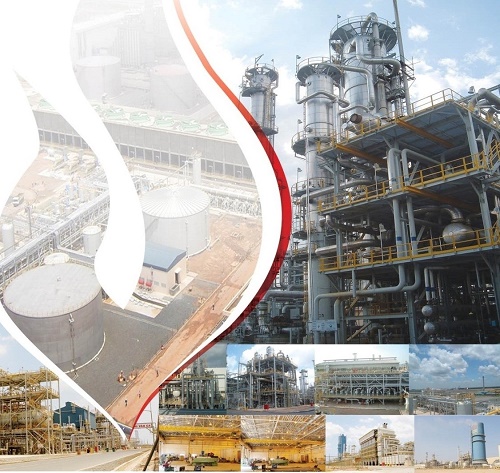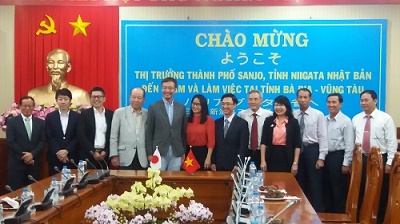Trans-Pacific Partnership (TPP) Agreement is a 12-member agreement signed on 04 February 2016. The Comprehensive and Progressive Agreement for Trans-Pacific Partnership (CPTPP) consists of 11 members (excluding the United States).
According to the published text, The TPP includes 30 chapters covering commerce, taxation, investment, intellectual property, labor, environment…
The CPTPP agreement in essence has the same content already negotiated in the TPP, but with 2 appendices to enhance effectiveness, withdrawal procedure, joining the agreement, and future amendments to the CPTPP:
- The first Appendix is about the list of 20 obligations from the TPP which is currently put on hold, and the 4 points which needs to be renegotiated:
+ Invesment and investment authorization; telecommunication dispute settlement
+ Eligibility for bidders
+ Who can have patent monopoly , transparency and fairness in regulation with regards to medical products and equipment
- The second Appendix is on the 7 technical points of the new agreement. With regards to scale, the TPP represents 40% of global GDP and 30% of world trade, affecting 800 million people. Meanwhile, the CPTPP represents 15% of global GDP and 15% of world trade, affecting 500 million people.
In addition, according to the original TPP, the agreement only be effective if GDP of developed countries must reach 85% of total GDP of 12 countries (signed in 2013). With the US accounting for 60% of GDP, the TPP will at least need to change its validity provision to get it started. Therefore, this provision of the CPTPP has been changed. Accordingly, since at least six signatory countries ratify the agreement, the CPTPP will take effect 60 days later.
- Overview of Ba Ria – Vung Tau industrial development - 24/10/2018
- Vietnamese products to Con Dao district, Ba Ria – Vung Tau province - 24/10/2018
- Abolish 2 administrative procedures in chemical fields - 22/10/2018
- Invitation to 33rd Trade Expo Indonesia - 22/10/2018
- Decree 113/2017 on guiding for implementation of Chemical Laws - 19/10/2018
- Industrial Products Prioritized for investment in Ba Ria – Vung Tau from 2017-2020 - 14/08/2017
- The course “Application of 7 new QC tools”: practical and efficient for enterprises - 10/08/2017
- MoIT to inspect fertiliser facilities - 13/03/2017
- The working delegation of Sanjo City, Niigata Prefecture, Japan visit Ba Ria – Vung Tau province - 02/08/2016
- Mitsubishi Research Institute: Ba Ria – Vung Tau high potential for pilot project of Public Tech Support Center - 19/04/2016

 Print
Print
 E-mail
E-mail




